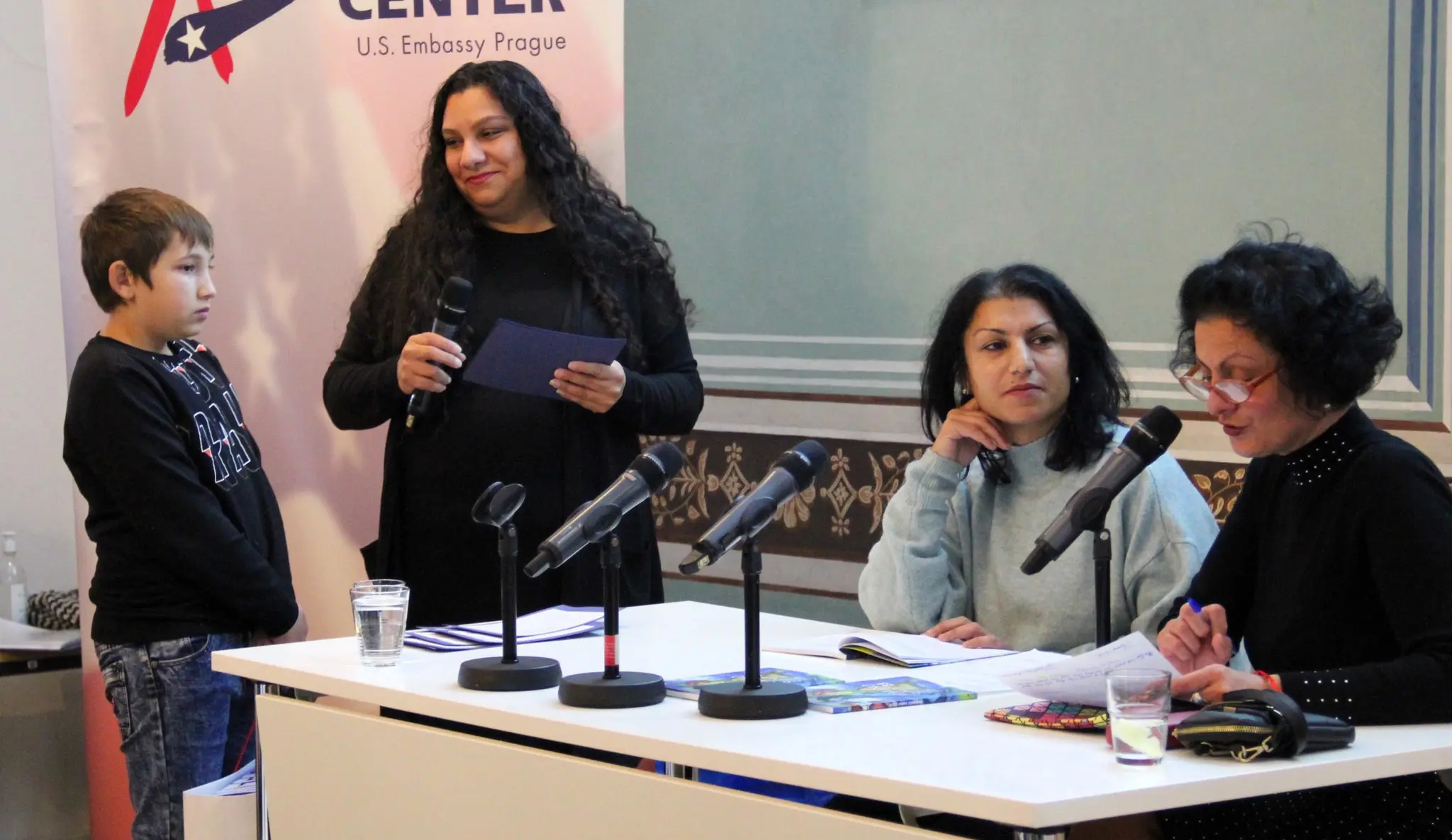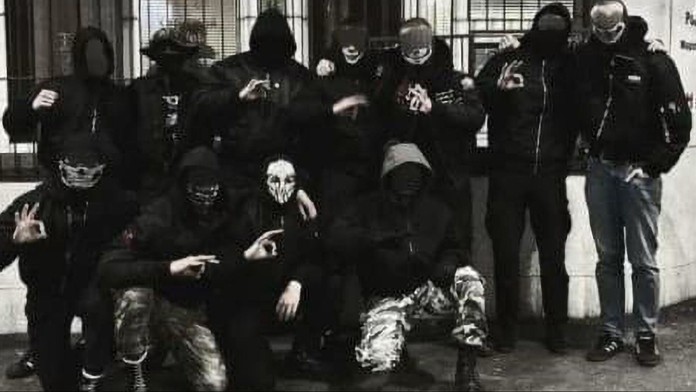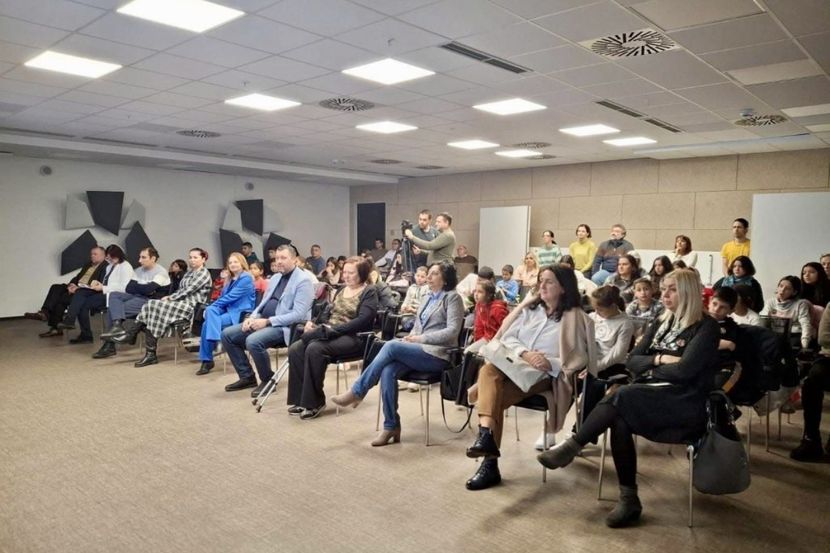When, during the 1980s, it was decided to renovate the old city of Kosice, a large part of the local Rroma population which used to live in the historical centre was moved out to the newly build Prefab Housing estate Lunik IX. Contact with the rest of the population was not established, so Rroma were soon isolated and Lunik IX became what can be qualified as a ghetto. Alena Wagnerova (2013) questions precisely this state of ghettoization. What the numerous journalists who travelled missed in their standard reports is to take a look at the inside of apartments, an inside that contrary to the staircases and courtyards is clean, well maintained and generally very much “petit bourgeois”. She notes:
The Roma distinguish between indoors and outdoors: indoors is maintained a, outside is simply considered as a storage space associated which does not matter is not even perceived. […] The “White” are interested in the outdoor, which one sees, but the inside, where you could get closer look at the life of the Roma, no one sees.
Wagnerkova then draws a picture of the Rroma as the losers of the transformation from socialism to post-socialist system. While full employment prevailed in the East Bloc before 1989, after the fall of socialism, the number of jobs diminished drastically. Especially affected were often poorly trained Rroma. During this transition period, she identifies a constant, namely the tutelage and external attribution of stereotypes on Rroma. This vicious circle leads to this negative external view of Rroma to be internalised among them. The ascription of collective guilt for negative actions of single individuals is a large concern, but this attitude is prevalent amongst the majority:
“And the culprit was not a Jew?” Franz Kafka’s mother used ask, with worry in her voice, whenever they heard or read about a crime. […] With Jews this would no longer be allowed today, but with Roma the act of a single one them is sufficient for all to be blamed. […] The most important thing to understand is that the Roma issue is a problem of poverty and not a problem of an “inferior ethnic group,” “which now falls on us.” This can certainly not be solved with an increase in social assistance, which leaves people in a state of passivity and dependence, but only through employment and skills improvements.
Wagnerova’s article manages to present a differentiated picture of the situation of Rroma in Slovakia. They are not made pretty and not romanticized. Her article should be taken as an example for other journalists who report on Rroma.
Source:
- Wagnerova, Alena (2013) Die Lehre von Lunik IX. In: Neue Zürcher Zeitung vom 22.3.2013.







